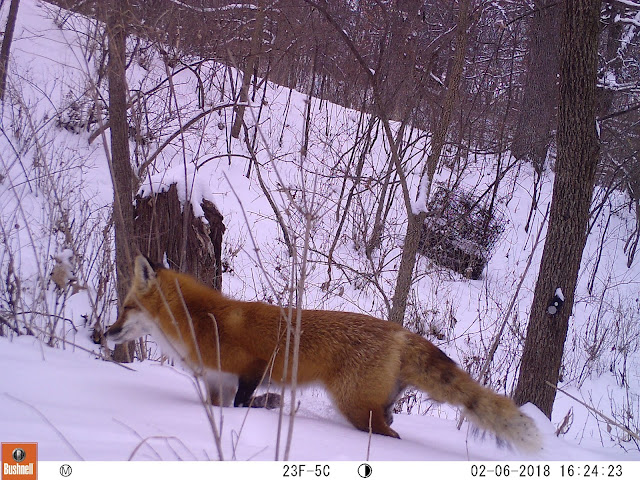ACT Shares Sustainability Efforts and Environmental Research Collaborations this Earth Day
Iowa City has been home to ACT since its origins in 1959. We remain a dedicated local employer and a community partner, neighbor, and steward of the land we own and maintain. This Earth Day, we’re celebrating our progress toward a sustainable Iowa and an ongoing partnership with the University of Iowa that lends our land as an educational tool for graduate students.
Sustainability at ACT
I lead our corporate services area, which proudly champions sustainability and environmental programming and policies on behalf of the organization. As my colleagues wrote in a post last year:
Our commitment to a sustainable Iowa includes several programs to achieve our goals of:
- minimizing the use of energy, water, and other natural resources;
- minimizing material sent to the landfill; and
- providing our staff with a safe and healthy work environment.
We continue to make progress towards these goals by maintaining our Certified Audubon Cooperative Sanctuary status and landfill diversion practices, as well as maintaining more than 400 acres of land featuring wilderness paths and native species, which our on-campus team members can enjoy upon a safe return to campus.
University of Iowa Wildlife Research
In the summer of 2017, the ACT campus became a focus of research. Graduate students from the University of Iowa began a project that focuses on human-environment interactions. They hoped to answer three questions:
ACT was asked to contribute its extensive land space to the study. This will help the researchers understand which species of wildlife use business parks as their homes. If research can show how wildlife uses urban spaces, environments could be designed to suit the needs of humans and wildlife, alike. One piece of data researchers have collected indicates that red foxes are more likely to live in neighborhoods with higher incomes that are close to water, but raccoons are less picky and can be found just about anywhere.
So far, more than 3,000 photos have been captured throughout ACT’s campus. Students are still sampling the area today and plan to continue their research. Thank you to Dr. Heather Sander and Iowa City UWIN Project for providing the photos in this blog (all picture wildlife at ACT).
We’re always happy to help out our community, particularly with research and professional development opportunities, and be a good neighbor. Have an idea for a potential collaboration? I’d love to hear it.
In the meantime, enjoy a little outdoor time today. Each of us has a responsibility to be a steward of the land where we live and work, on Earth Day and every day.
- Where are certain species of wildlife found throughout the urban-wildland?
- Why are these species living where they are?
- How does having these species around affect human perceptions of nature?
ACT was asked to contribute its extensive land space to the study. This will help the researchers understand which species of wildlife use business parks as their homes. If research can show how wildlife uses urban spaces, environments could be designed to suit the needs of humans and wildlife, alike. One piece of data researchers have collected indicates that red foxes are more likely to live in neighborhoods with higher incomes that are close to water, but raccoons are less picky and can be found just about anywhere.
So far, more than 3,000 photos have been captured throughout ACT’s campus. Students are still sampling the area today and plan to continue their research. Thank you to Dr. Heather Sander and Iowa City UWIN Project for providing the photos in this blog (all picture wildlife at ACT).
We’re always happy to help out our community, particularly with research and professional development opportunities, and be a good neighbor. Have an idea for a potential collaboration? I’d love to hear it.
In the meantime, enjoy a little outdoor time today. Each of us has a responsibility to be a steward of the land where we live and work, on Earth Day and every day.





